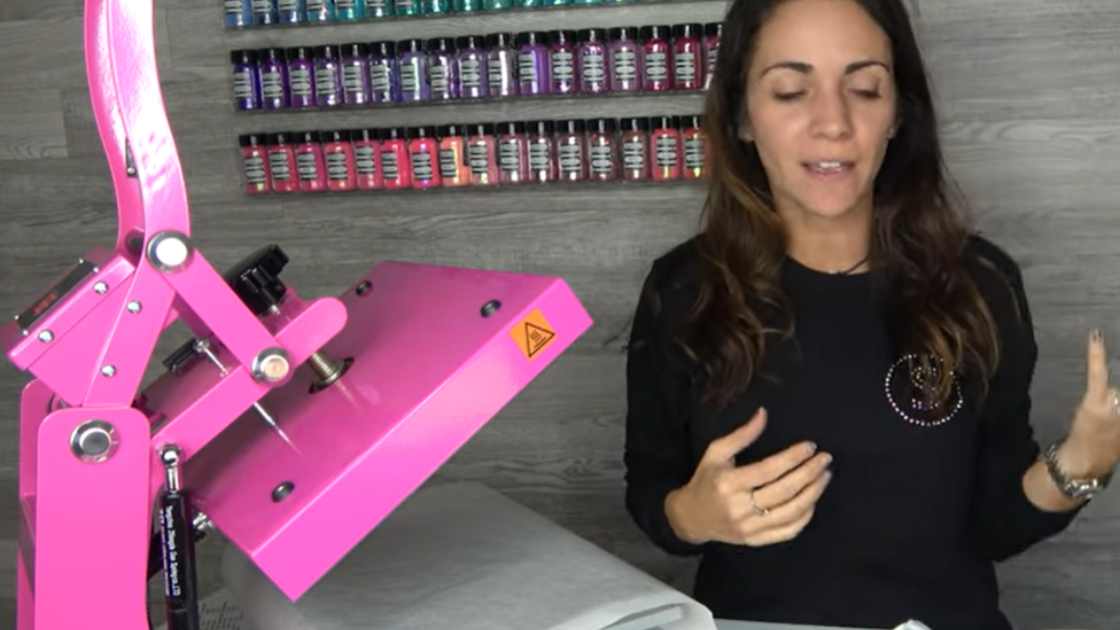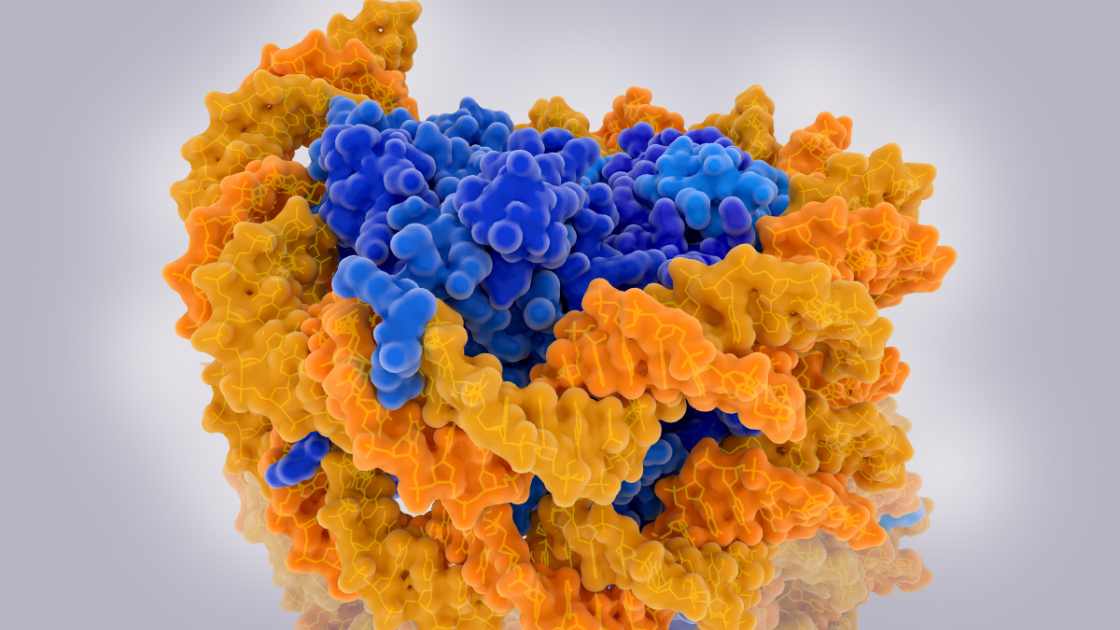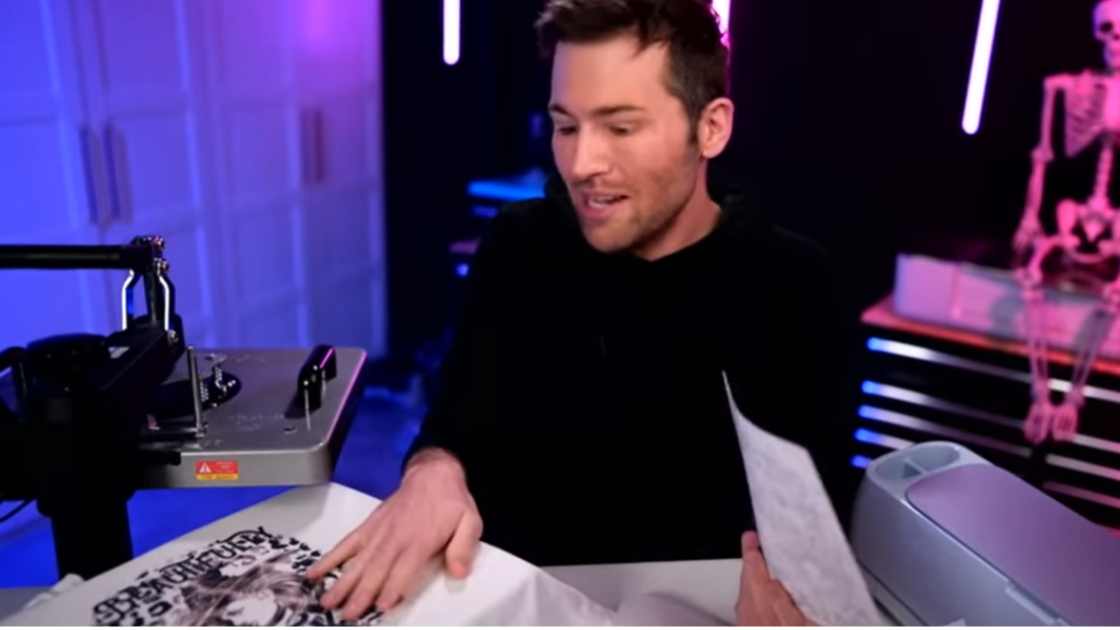Tie-dyeing should occur before the sublimation process. Sublimation requires a clean and light background for best results.
When contemplating the vibrant world of fabric customization, a common question arises: Should You Tie Dye Before Or After Sublimation?
Exploring creative ways to customize fabric has led many to combine tie dye and sublimation printing techniques for stunning effects.
Tie-dyeing, a process involving twisting, folding, and adding color to fabric, typically sets the stage for the base design.

Sublimation comes next, using heat to transfer dye onto the fabric, locking in the design. For successful sublimation, starting with a light or white background is crucial as it ensures the transferred images are vibrant and clear.
This sequence—dyeing first, then sublimating—allows for the creation of personalized, intricate patterns that stand out.
As both hobbies and commercial endeavors skyrocket in popularity, understanding the correct order of these processes is essential for crafting high-quality, customized textiles.
Coloring At The Crossroads: Dyeing Vs. Sublimation
Creative spirits often face a choice between traditional tie-dyeing and modern sublimation techniques. Each method offers unique results.
Deciding whether to tie-dye before or after sublimation is essential for desired outcomes. Comprehension of each process is key.
The Basics Of Tie-dyeing
Tie-dyeing is a fun way to give fabrics a vibrant, personal touch. Here’s how:
- Prepare the fabric: Wash and leave damp.
- Bind the fabric: Use rubber bands to create patterns.
- Apply dye: Squirt dyes onto the bound fabric.
- Set the dye: Allow the color to soak in, then rinse.
This process works best on natural fibers like cotton. Different binding techniques result in unique patterns.
The Process Of Sublimation

Sublimation offers crisp, detailed designs on fabric. Here’s the process:
- Select design: Choose an image or pattern.
- Print the design: Use a sublimation printer and specific inks.
- Heat press: Apply the design to the fabric using high heat.
Sublimation works on synthetic materials like polyester. The ink turns into gas, bonds to the fibers, and then solidifies. As a result, the design lasts longer.
| Tie-Dyeing | Sublimation |
|---|---|
| Best on cotton | Best on polyester |
| Manual application | Digital print and heat press |
| Random, unique patterns | Precise, vibrant designs |
Fundamentals Of Fabric Design

Creating stunning fabric designs combines art and science. Tie-dye and sublimation are two popular techniques.
Each has a unique process. Results can vary widely. Comprehension of the basics will help you choose the right method for your project.
Materials And Methods For Tie-dye
Tie-dye requires simple materials but offers endless creativity. The main ingredients include:
- Fabric: Natural fibers like cotton work best.
- Dyes: Various colors to create patterns.
- Rubber bands or strings: For tying the fabric.
The methods involve folding, twisting, and tying fabric. Then apply dyes for vibrant patterns. Let the dye set, rinse well, and dry the fabric.
Equipment Needed For Sublimation
Sublimation is a digital printing method. It needs specific supplies:
| Equipment | Use |
|---|---|
| Sublimation printer | Print design on paper |
| Sublimation ink | Special ink for transfer |
| Heat press | Applies heat for transfer |
| Polyester fabric | Best for ink absorption |
Print your design on special paper. Then, use a heat press to transfer this design onto the fabric.
The heat turns the ink into a gas. This gas bonds with the fabric, creating a permanent design.
Diving Into The Dyeing Debate
Tie-dye and sublimation combine to unleash vibrant designs. The big question is: dye first or after sublimation?
This section dives into the two approaches and their merits and drawbacks for creating eye-catching pieces.
Pros Of Dyeing Before Sublimation
Dyeing fabric before sublimation printing has distinct advantages.
- Improved Color Depth: Pre-dyed fabrics offer a richer canvas, resulting in more dynamic images.
- Unique Effects: Sublimating on a tie-dyed background creates one-of-a-kind patterns that stand out.
- Material Compatibility: Some materials respond better to dye beforehand, ensuring better print quality later.
Cons Of Dyeing Before Sublimation
Dyeing first comes with potential downsides.
- Color Overlap: The existing dye may affect sublimation ink, altering final hues.
- Process Complexity: It’s a two-step process, which complicates production and increases time investment.
- Risk of Fabric Damage: Multiple treatments may compromise material integrity, affecting product lifespan.
Strategic Sequencing For Stunning Results

Creating vibrant, eye-catching fabrics often involves both tie-dyeing and sublimation. The order in which these techniques are applied greatly affects the outcome.
This brings crafters to an important decision point: should one tie-dye before or after sublimation? Selecting the right sequence could make all the difference in the vibrancy and clarity of your designs.
Arguments For Sublimating Before Tie-dyeing
Sublimation first, then tie-dye—the idea might seem unconventional, yet it boasts several compelling advantages:
- Vibrant Colors: Sublimation ink bonds at a molecular level, providing a crisp base for subsequent layers of dye.
- Design Precision: Achieving intricate designs is easier on a pre-sublimated fabric.
- Dye Dynamics: Tie-dye over sublimation can result in unique color-blending effects.
Reversing The Order: A Comparative Analysis
The flip side of this approach involves tie-dyeing before sublimating. The effects and practical reasons for this sequence include:
| Result | Reason |
|---|---|
| Dulled Sublimation | Tie-dye patterns might overpower the sublimated image. |
| Texture Variances | Pre-dyed sections may resist sublimation, creating texture contrasts. |
| Color Interplay | Sublimating on tie-dye can lead to unexpected, though sometimes welcome, color interactions. |
Both techniques have their own set of creative outcomes. It depends on your desired final look. It is vital to experiment and see which method suits your style better.
Creative Considerations For Custom Creations
When you plunge into the vibrant world of fabric design, Comprehension of the process is key. Deciding whether to tie-dye before or after sublimation is a choice that demands creativity and knowledge.
Let’s dive into the considerations for crafting your custom creations with precision and flair.
Design Intricacies And Color Dynamics
Each method affects your final piece differently. With sublimation, you get sharp, vivid images that last. Tie-dye adds a splash of unpredictability and fun.
- Sublimation bonds the ink to the fabric, giving bright, clear designs.
- Tie-dye incorporates patterns and swirls with a more organic feel.
A key aspect to remember is that sublimation requires a high polyester content for best results, while tie-dye works well on cotton.
Combining both requires careful thought about fabric choice and the sequence of your creative process.
Considering how colors interact helps as well. Sublimation inks are vibrant but can change when applied to a pre-dyed fabric. Start with light or white fabrics for the clearest results.
Experimentation And Personalization

Your artistic vision comes to life when you experiment. Trying different sequences and techniques leads to unique outcomes.
Experimentation is the heart of custom textile art. Test your methods on small fabric pieces before the final run.
Personalization shines when you play with the order of dyeing and sublimation. You might sublimate first for a clear image, then apply tie-dye for a wild background. Or reverse the order for a softer, blended look with a retro feel.
Keep a journal of your trials to refine your technique. Engage in forums and communities to learn from others and share your discovery.
Mastering The Craft: Tips And Tricks
Perfecting a beautiful tie-dye and sublimation piece combines the wild flair of tie-dye with the sharp details of sublimation.
Starting on this creative journey demands insight into the dos and don’ts for exemplary results.
Expert Advice For Tie-dye And Sublimation
Starting on your tie-dye and sublimation project requires expert tips:
- Choose Polyester Garments: This ensures vibrant sublimation prints post-tie-dying.
- Pre-Wash Fabric: It removes oils and impurities for even dye application.
- Tie-Dye First: Start with tie-dye; the sublimation process follows.
- Heat Press Mastery: Learn the correct temperature and pressure for flawless sublimation.
- Patience is Key: Allow the dye to set for deeper colors before sublimating.
Common Pitfalls To Avoid In The Process
Watch out for these common mistakes to keep your project on track:
| Pitfall | Tip to Avoid |
|---|---|
| Mismatched Fabrics | Stick to high polyester content for the best color transfer. |
| Uneven Dyeing | Secure the folds tightly and soak the fabric well. |
| Improper Heat Pressing | Verify press settings and use a Teflon sheet to prevent dye migration. |
| Moisture Issues | Ensure the fabric is completely dry before sublimation printing. |
| Sublimation Timing | Sublimate after the tie-dye has been properly washed and dried. |
Showcasing Success Stories

Exploring the vibrant intersection of tie-dye and sublimation brings us inspiring tales. Artists worldwide are revolutionizing how we think about custom fabric design.
Let’s dip into these narratives. Witness how creativity triumphs when two diverse techniques merge.
Innovative Projects Blending Both Techniques
Experimentation leads to breakthroughs in the art of fabric design. Here are a few groundbreaking projects:
- Vibrant sportswear – Merging stretchable tie-dye fabrics with crisp sublimation prints for unique athletic attire.
- Eco-friendly fashion – Combining organic dyes with renewable materials, culminating in standout sublimated pieces.
- Home decor – Integrating tie-dye accents with large-format sublimation for stunning interior textiles.
These endeavors showcase the potential of conjoining tie dye with sublimation. They resonate with audiences seeking bespoke and sustainable options.
Feedback From Artists And Consumers
| Artist Feedback | Consumer Reactions |
|---|---|
| “The fusion of tie dye and sublimation unlocks unlimited creative possibilities,” claims a seasoned fabric designer. | Customers rave about the unique patterns and color durability in reviews. |
| Designers appreciate the ease of customization and value the process’s eco-consciousness. | Word-of-mouth testimonials highlight the garments’ visual appeal and exclusivity. |
Satisfaction echoes in the voices of artists and buyers alike. This synergy between creator and end-user fosters a thriving community of fabric art enthusiasts.
Frequently Asked Questions For Should You Tie Dye Before Or After Sublimation
How Do You Tie-dye Then Sublimate?
To tie-dye then sublimate, first complete the tie-dye process and allow the fabric to dry thoroughly. Then, apply your sublimation print using a heat press at the recommended temperature and time for the fabric you’ve dyed.
Should You Prewash Shirts Before Sublimation?
Yes, you should prewash shirts before sublimation to remove any residues that may affect ink absorption and print quality.
Do You Heat Set Tie-dye?
Yes, you typically heat set tie-dye to ensure the colors fix into the fabric and remain vibrant after washing. Use an iron on the appropriate setting for the fabric type or tumble dry the dyed item.
Do You Bleach Shirts Before Or After Sublimation?
Bleach shirts after sublimation to avoid compromising the transfer quality. Pre-bleaching may interfere with the ink’s ability to properly adhere to the fabric.
How do you get the best tie-dye results?
What are the first steps in sublimation?
Conclusion
Deciding between pre and post-sublimation tie-dye hinges on your creative vision and fabric choice. Mastering the sequence improves design vibrancy and longevity. Remember, experimentation is key in crafting standout pieces. Dive in, test processes, and let your colors burst to life with confidence!
